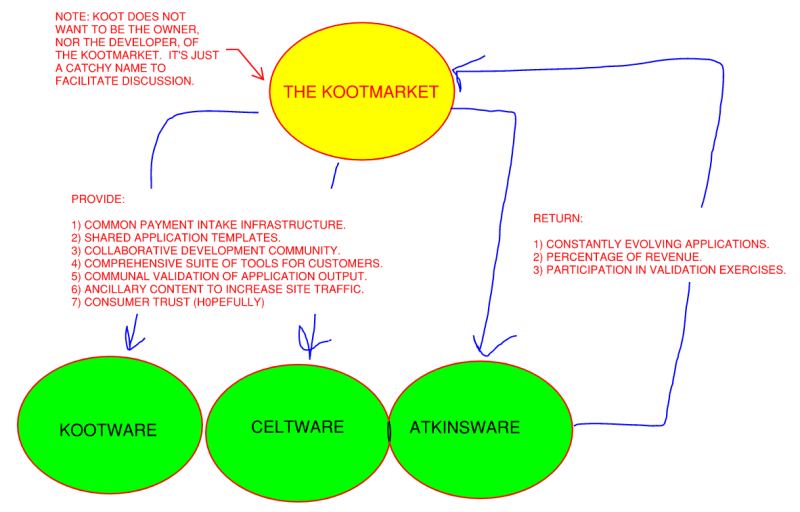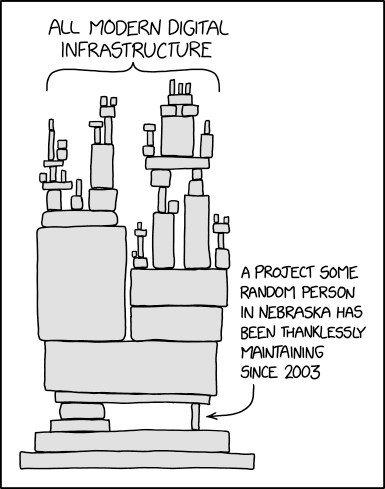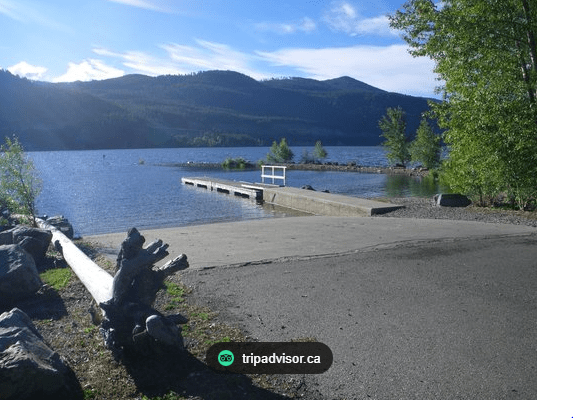TLDR
I believe that the future of structural engineering software is this spit:
a) Some big dog(s) create general purpose FEM engines that are I/O accessible in standardized ways by external, 3rd party applications.
b) A bunch of small dogs create 3rd party applications that access the exposed architecture of the FEM engines and use that output to deal with the design of individual elements. etc.[/quote]
That said, I see problems with how we manage the transition from where we're at now to such a future. The purpose of this thread is twofold:
c) I've proposed a potential solution that I'd like to discuss / vet. The diagram at the bottom summarizes that.
d) I'd like to open the floor to other proposals that may be better than my own.
THE BACKGROUND
It is common knowledge that I have a long standing interest in being a developer of structural software: Kootware.
I occasionally get asked how that is coming along: New Thread.
Other folks, including some of our own MVP's, have begun to do similar things including Celt83's excellent project: StructuralToolbox.
THE STATUS OF KOOTWARE
I haven't done a damn thing with KootWare. I knew that KootWare would be a monumental undertaking so I decided to hang back and try to evaluate the market viability of such a project before diving in. I regret to report that what I've observed to date leads me to believe that a project such as KootWare is not currently viable. Moreover, I feel that similar efforts by other members here are also doomed to fail. Heck, I've seen it happen repeatedly already. The typical lifecycle for these efforts usually goes something like this:
1) Develop a kick ass tool of some sort.
2) Softly advertise the tool on Eng-Tips via an introduction, a signature hyperlink and, often, a dubious request for "beta testing" help.
3) Quickly fade away and die.
THE PROBLEM AS I SEE IT
1) The tools cannot be monetized simply or quickly enough. I don't give a rat's ass what anyone says about "just doing it for the love of programming" etc. I feel that most everyone is either doing this stuff in the hope of making a little spare change off of it or, at the least, requires that spare change in order to be able to keep going. And I begrudge no one their right to some compensation for their efforts. I view all of these things as, effectively, R&D. And all R&D needs funding to succeed. As a community, I feel that is our collective responsibility to find some way to provide such funding if we want the tools to get developed, as I do. We pay small fortunes for our big dog software toys. We can spare some pocket change to feed the little dogs.
2) Simply building the infrastructure to collect payment is a massive undertaking. And the premium structures of canned solutions favor larger scale operations in many cases.
3) Everybody has one tool or a small number of tools to offer. I think that it takes many more tools that this to create a "critical mass" suite of tools that consumers would be willing to pay for.
4) For the most part, application developers are working independently, in vacuums, rather than pooling their knowledge and resources.
5) I feel that it is difficult for engineers to trust small time software solutions. Are they well vetted? Have they been developed by reputable organizations?
6) No one application developer seems to possess enough "presence" to be able to advertise effectively.
MY PROPOSED SOLUTION
As shown in the diagram below, I propose that the small time developers ban together into a federation of sorts in order to accomplish what none of them seems to be able to manage on their own. Developers would contribute applications to the marketplace in a competitive sprit. Whomever has the best steel beam design app would garner the most traffic to their tool and, commensurately, earn the most revenue in the "steel beam design" space. Rinse & reapeat.

I believe that the future of structural engineering software is this spit:
a) Some big dog(s) create general purpose FEM engines that are I/O accessible in standardized ways by external, 3rd party applications.
b) A bunch of small dogs create 3rd party applications that access the exposed architecture of the FEM engines and use that output to deal with the design of individual elements. etc.[/quote]
That said, I see problems with how we manage the transition from where we're at now to such a future. The purpose of this thread is twofold:
c) I've proposed a potential solution that I'd like to discuss / vet. The diagram at the bottom summarizes that.
d) I'd like to open the floor to other proposals that may be better than my own.
THE BACKGROUND
It is common knowledge that I have a long standing interest in being a developer of structural software: Kootware.
I occasionally get asked how that is coming along: New Thread.
Other folks, including some of our own MVP's, have begun to do similar things including Celt83's excellent project: StructuralToolbox.
THE STATUS OF KOOTWARE
I haven't done a damn thing with KootWare. I knew that KootWare would be a monumental undertaking so I decided to hang back and try to evaluate the market viability of such a project before diving in. I regret to report that what I've observed to date leads me to believe that a project such as KootWare is not currently viable. Moreover, I feel that similar efforts by other members here are also doomed to fail. Heck, I've seen it happen repeatedly already. The typical lifecycle for these efforts usually goes something like this:
1) Develop a kick ass tool of some sort.
2) Softly advertise the tool on Eng-Tips via an introduction, a signature hyperlink and, often, a dubious request for "beta testing" help.
3) Quickly fade away and die.
THE PROBLEM AS I SEE IT
1) The tools cannot be monetized simply or quickly enough. I don't give a rat's ass what anyone says about "just doing it for the love of programming" etc. I feel that most everyone is either doing this stuff in the hope of making a little spare change off of it or, at the least, requires that spare change in order to be able to keep going. And I begrudge no one their right to some compensation for their efforts. I view all of these things as, effectively, R&D. And all R&D needs funding to succeed. As a community, I feel that is our collective responsibility to find some way to provide such funding if we want the tools to get developed, as I do. We pay small fortunes for our big dog software toys. We can spare some pocket change to feed the little dogs.
2) Simply building the infrastructure to collect payment is a massive undertaking. And the premium structures of canned solutions favor larger scale operations in many cases.
3) Everybody has one tool or a small number of tools to offer. I think that it takes many more tools that this to create a "critical mass" suite of tools that consumers would be willing to pay for.
4) For the most part, application developers are working independently, in vacuums, rather than pooling their knowledge and resources.
5) I feel that it is difficult for engineers to trust small time software solutions. Are they well vetted? Have they been developed by reputable organizations?
6) No one application developer seems to possess enough "presence" to be able to advertise effectively.
MY PROPOSED SOLUTION
As shown in the diagram below, I propose that the small time developers ban together into a federation of sorts in order to accomplish what none of them seems to be able to manage on their own. Developers would contribute applications to the marketplace in a competitive sprit. Whomever has the best steel beam design app would garner the most traffic to their tool and, commensurately, earn the most revenue in the "steel beam design" space. Rinse & reapeat.




